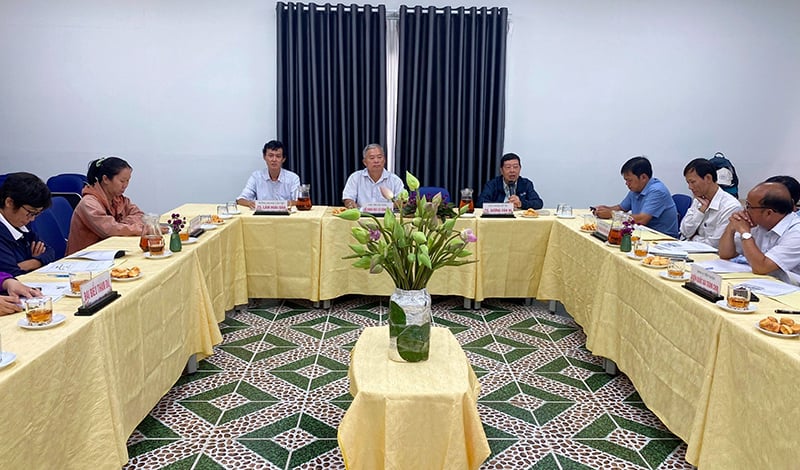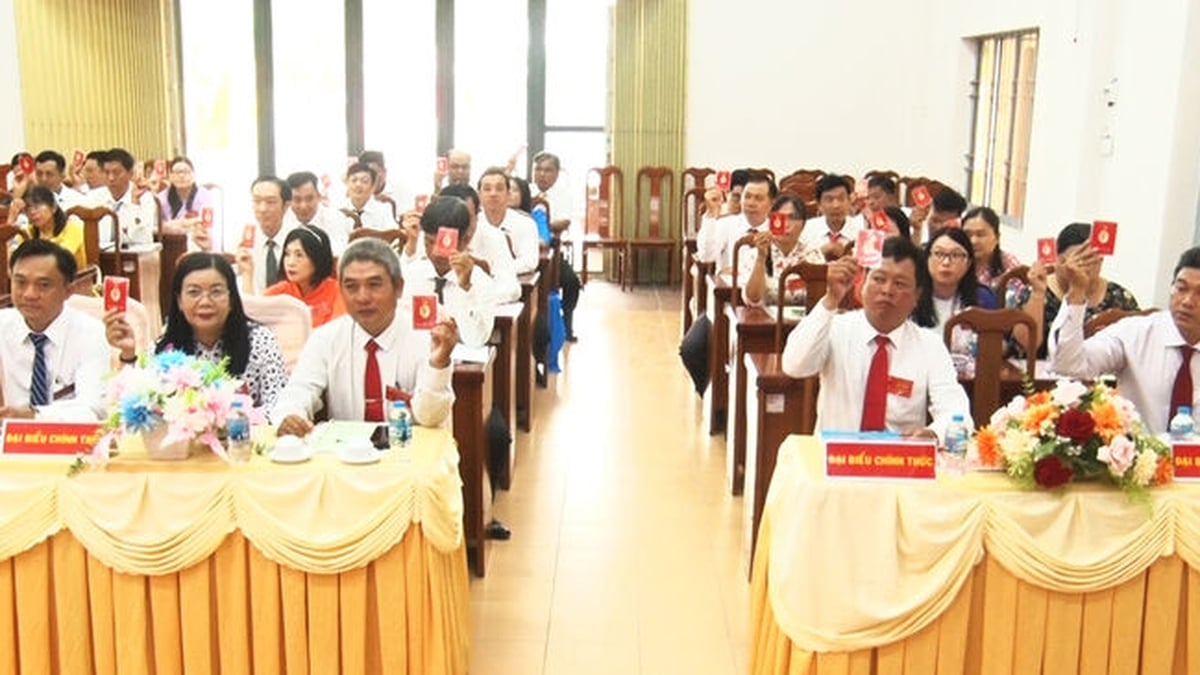Updated date: 09/14/2023 17:11:20
DTO - On the afternoon of September 14, at Tram Chim National Park (QGTC), the Department of Science and Technology organized a scientific workshop on biodiversity conservation and instructions on using software to introduce the QGTC Park.
Conference scene
At the workshop, Dr. Duong Van Ni - Project Manager presented the urgency of the project on biodiversity conservation of the National Park in response to climate change. This is a miniature model of the ancient Dong Thap Muoi , an important stopover for the Red-crowned Cranes...
The objective of the project is to assess the current status of biodiversity in the National Park, forecast the impact of climate change on biodiversity in this area, propose adaptation solutions to conserve biodiversity in the National Park and build a comprehensive database on biodiversity in the National Park.
The project also re-evaluates the capacity, flow and water retention capacity, re-measures the ground elevation and upgrades the infrastructure; hydrological management; biodiversity restoration in areas from A1 to A5 and proposes a pilot process for the restoration of the Red-crowned Crane flock; solutions to improve management capacity, strengthen law enforcement on forest protection and management, propagate and educate to raise awareness of forest protection, improve the lives of local people; develop a program to investigate, monitor and protect the habitat of the Red-crowned Crane.
At the same time, it is recommended to regularly monitor changes in soil and water quality and biodiversity, strengthen investigation activities, regularly detect and map distribution to control and promptly handle new areas invaded by alien species; improve the capacity of management staff, invest in high-tech equipment, manage appropriate hydrological regimes, and prioritize conservation work.
At the workshop, delegates acknowledged and highly appreciated the practical effectiveness and elaboration of the project when identifying 349 species of phytoplankton; 181 species of attached algae; 139 higher plants; 102 species and groups of zooplankton; 44 species of land animals; 67 species of fish; 40 species of amphibians and reptiles; 104 species of birds; 12 species of mammals; 110 species of exotic plants and 9 species of exotic animals...
On this occasion, delegates were also instructed on how to use the QGTC Garden introduction software.
TRAN TRONG TRUNG
Source

































































































Comment (0)